Science
Quantum reality more complex than previously thought

Even an individual photon can travel along both arms of the interferometer at the same time. When it is unknown which path it is travelling along, we observe interference and the appearance of interference fringes. A strong signal is visible where the crests of light waves meet, and a weak signal is obtained at the meeting point of the troughs. If it is possible to determine which arm the photon travelled along, following leakage of information from the interferometer, the fringes disappear.
- Read more
- 411 reads
Super-thin membranes clear the way for chip-sized pumps
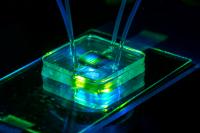
A microfluidic bioreactors consists of two chambers separated by a nanoporous silicon membrane. It allows for flow-based assays using minimal amounts of reagent. The ultra-thin silicon membrane provides an excellent mimic of biological barrier properties. NOTE: This image combines two exposures in order to capture the brighter and darker parts of the scene, which exceed the dynamic range of the camera sensor. The resulting composite is truer to what the eye actually sees.
- Read more
- 378 reads
Scientists' new approach improves efficiency of solar cells
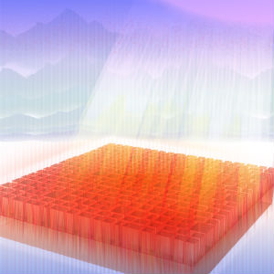
A quasi-random structure to maximise performance of a thin film silicon solar cell.
- Read more
- 393 reads
Earth from Space: Lands of change

Lakes and mountains of western Uganda are captured in this Envisat radar image
- Read more
- 295 reads
NASA's Great Observatories Begin Deepest Ever Probe of the Universe

These (image above) are NASA Hubble Space Telescope natural-color images of four target galaxy clusters that are part of an ambitious new observing program called The Frontier Fields.
- Read more
- 360 reads
ZEISS Microscopes used to create images for Art Exhibit at Midway Airport: Art of Science: Images from the Institute for Genomic Biology
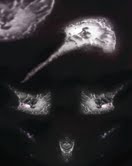
- Read more
- 352 reads
Nanoscale Engineering Boosts Performance of Quantum Dot Light Emitting Diodes: Making the light at the end of the tunnel more efficient
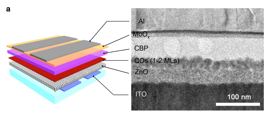
The quantum dot device structure shown with a transmission electron microscopy (TEM) image of a cross-section of a real device.
- Read more
- 352 reads
Cassini Gets New Views of Titan's Land of Lakes

This false-color mosaic, made from infrared data collected by NASA's Cassini spacecraft, reveals the differences in the composition of surface materials around hydrocarbon lakes at Titan, Saturn's largest moon.
- Read more
- 292 reads
Researchers Advance Scheme to Design Seamless Integrated Circuits Etched on Graphene: UC Santa Barbara researchers demonstrate seamless designing of an atomically-thin circuit with transistors and interconnects etched on a monolayer of graphene
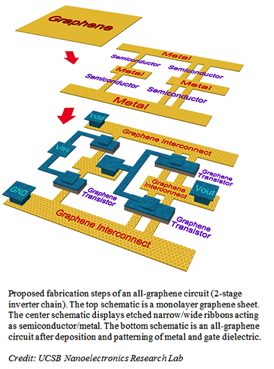
- Read more
- 320 reads
Human Rights
Fostering a More Humane World: The 28th Eurasian Economic Summi

Conscience, Hope, and Action: Keys to Global Peace and Sustainability

Ringing FOWPAL’s Peace Bell for the World:Nobel Peace Prize Laureates’ Visions and Actions

Protecting the World’s Cultural Diversity for a Sustainable Future

Puppet Show I International Friendship Day 2020


